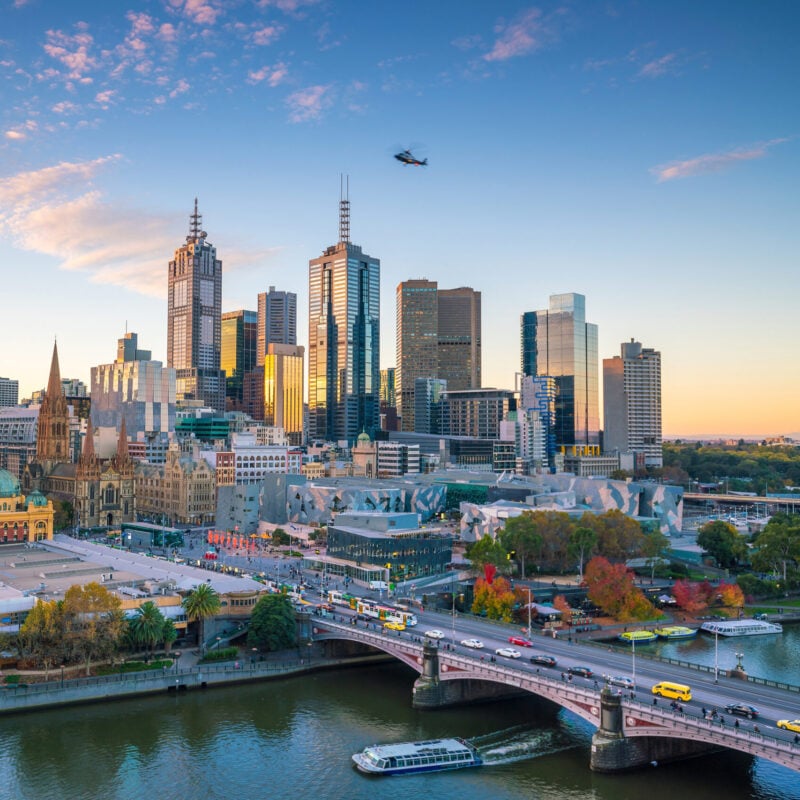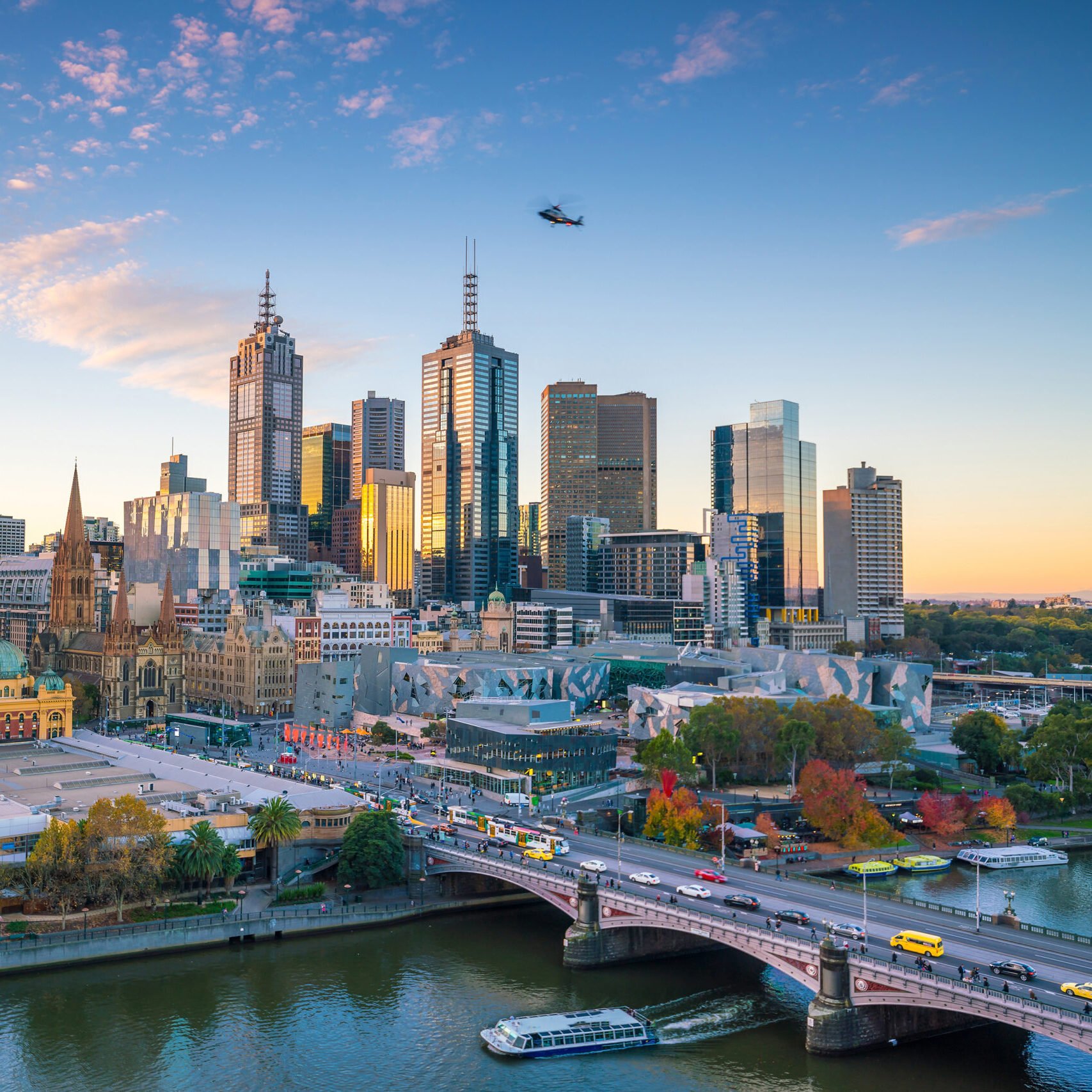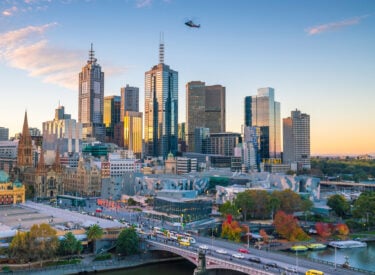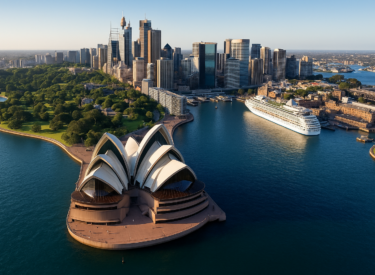
Key takeaways
Melbourne is projected to add around 840,000 new residents over the next decade, putting it on track to overtake Sydney as Australia’s largest city by 2035.
While population growth surges, new housing development remains well below historical averages, creating a tightening supply-demand imbalance. This is expected to drive both rental and price growth in the years ahead — a classic setup for capital gains.
Property prices in Melbourne are still below long-term trends and significantly more affordable than Sydney’s. Combined with strong rental growth, this means yields have become much more attractive, making it an ideal entry point for investors.
Larger investors are already positioning themselves to capitalise on Melbourne’s growth story.
History shows that mum-and-dad investors typically follow, recognising the long-term potential for stable returns and sustained capital growth.
If you’ve been wondering where the next wave of opportunity will come from in Australia’s property market, look no further than Melbourne.
Beneath the noise of headlines about interest rates and affordability, a powerful demographic story is quietly unfolding, one that is setting the stage for the city’s next property boom.

Melbourne’s growth engine is roaring back
Melbourne is once again on track to overtake Sydney as Australia’s largest city.
New forecasts show the Victorian capital will add around 840,000 new residents over the next decade, that’s the equivalent of an entire city the size of Canberra moving in.
And this isn’t just conjecture - population data confirms that Victoria is already leading the nation in growth, with 124,600 people added over the past year alone.
For the first time since the pandemic, when there was an exodus from Melbourne, interstate migration into Victoria has turned positive.
That’s a strong signal that confidence in the state’s lifestyle, job opportunities, and affordability is returning.
What this means for property investors
This population surge is creating a perfect storm for investors, with rising demand for accomodation meeting tight supply.
Housing development remains well below historical averages, and that means the new wave of residents will be competing for limited stock.
And while price growth has remained subdued (so far) rental growth has been strong.
The result is that Melbourne’s property yields have become much more attractive compared to the rest of the country.
Institutional investors are already taking note, positioning themselves to capture the benefits of long-term capital growth.
The rise of build-to-rent developments, with thousands of new units recently completed and more in the pipeline, shows how institutional capital is stepping in to help meet demand.
And when the big players start to move, everyday investors tend to follow, recognising the same fundamentals that have always underpinned successful property investing: demand, scarcity, and affordability.
Why Melbourne still offers exceptional value
Despite all this, Melbourne’s property prices still sit below their long-term averages.
Compared to Sydney, the city remains far more affordable, offering investors a lower entry point into a major capital market with significant upside potential.
Melbourne’s economic foundations remain strong, with a diverse employment base, world-class infrastructure projects underway, and an expanding knowledge and technology sector driving future growth.
These factors give the city a resilience that’s hard to find elsewhere.
As demand builds and confidence returns, today’s buyers are likely to look back at current prices as having represented a window of exceptional value.
The supply challenge and the opportunity it brings
Of course, rapid population growth comes with challenges, and the biggest one will be housing supply.
Even though Victoria continues to deliver new dwellings at a faster pace than other states, demand is still outstripping supply, and will likely continue to do so for years.
This imbalance between demand and available stock has always been the foundation for price growth.
For investors, it presents an opportunity to get in ahead of the next wave of appreciation.
Beyond residential: Melbourne’s industrial strength
Melbourne isn’t just thriving in housing.
It’s now Australia’s largest logistics and industrial hub, with over 30 million square metres of industrial space and strong ongoing demand from manufacturers and logistics providers.
Lower land and energy costs, combined with a growing focus on technology, AI, and data centres, are attracting national and international capital into Victoria’s industrial market.
This broad-based growth adds another layer of resilience to the local economy and strengthens long-term investment prospects.
The bottom line
Melbourne’s resurgence is about more than just population numbers; it’s a story of renewed confidence, economic strength, and relative value.
The conditions are aligning for the next stage of growth, and those who recognise the opportunity early will be best positioned to benefit.
While regulatory and development challenges remain, the long-term fundamentals are simply too strong to ignore.
For investors with a medium- to long-term outlook, Melbourne offers one of the most compelling opportunities in the country right now.
The combination of strong population growth, improving yields, and a constrained housing pipeline means one thing, momentum is building.
And in property, timing and perspective make all the difference.














